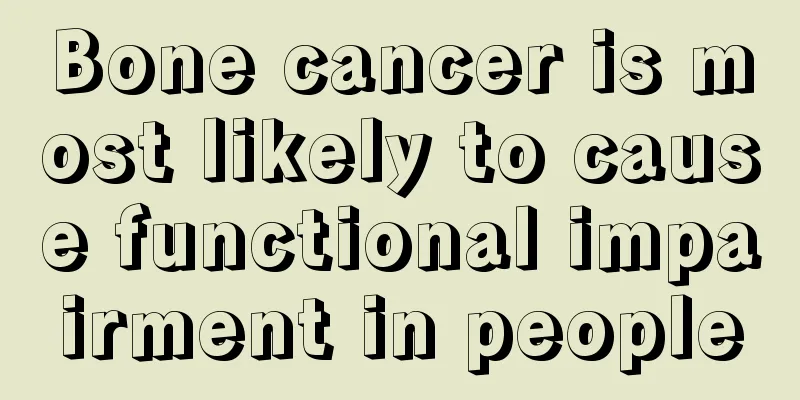What are the dangers of small triple positive?

|
The harm caused by Hepatitis B virus (HBV) is relatively large because it is a highly contagious hepatitis B virus. The symptoms caused by entering the liver are contagious and difficult to cure. There is also the possibility of malignant lesions. Therefore, once symptoms appear, treatment must be emphasized. Hazard 1: The highly contagious hepatitis B virus enters the liver and continues to replicate like a "copy machine". The hepatitis B virus is equivalent to the original, and the liver cells are the copiers. The blood circulation in the liver provides a large amount of ink, paper, and power for the copying process. After the hepatitis B virus "copies" and reproduces in large quantities, it escapes from the liver cells, invading the adjacent healthy liver cells on the one hand, and being released into the blood on the other hand. It further penetrates into saliva, semen, milk, bile, menstrual blood and other liquids or secretions through the blood, becoming an infectious factor. At this time, the virus replicates actively and is highly contagious. Hazard 2: Difficult to cure and easy to become malignant Liver disease is known as one of the three major intractable diseases in medicine. In the past, traditional treatments were simply medication and injections, which were unable to penetrate the liver core and isolate the virus, causing many liver disease patients to remain uncured for a long time. Hepatitis B virus (HBV) is more likely to develop into cirrhosis and liver cancer. A study of the blood of liver cancer patients found evidence of hepatitis B virus infection (i.e. "small three positive" or "small three positive", etc.) in 95%. Hazard three: Certain family clustering. The cause of hepatitis B is infection with the hepatitis B virus, and family clustering means that the father or mother, or two or more siblings of the hepatitis B patient are infected with the hepatitis B virus, and includes horizontal and vertical transmission within the family. Vertical transmission refers to mother-to-child transmission, and hepatitis B pregnant women are infected through intrauterine infection or transmission during delivery. Horizontal transmission refers to infection through close contact within a household. Hazard 4: Patients with certain sudden acute attacks of hepatitis B virus (HBV) usually develop the disease rapidly and have obvious symptoms. Common symptoms include: loss of appetite, general fatigue, aversion to greasy food, nausea, pain in the liver area, jaundice (yellowing of the sclera and skin), enlarged liver (feeling of fullness) accompanied by tenderness, percussion pain, palms of the liver, spider hemorrhoids, capillary dilation or liver disease facial features, and some cases are also accompanied by enlarged spleen. |
<<: What are the symptoms of hepatitis C?
>>: How did you get the small triple positive?
Recommend
Several common causes of bladder cancer
Bladder cancer is a malignant tumor that causes g...
There is a red bruise on the bridge of the nose
If there is a red bruise on the bridge of the nos...
Can soy milk be mixed with milk powder?
The nutritional value of milk powder has always b...
What to do if you have a headache in your cervical spine
1. How to treat headache caused by cervical spond...
There are many blue veins on my hands
I believe that in daily life, you often find that...
My lips are swollen for no reason. What's going on?
We know that lips have always been a high-inciden...
What to do if the embryo does not develop well
Every child is the hope and future of a family, s...
There is a hard lump on my belly
I believe many people have experienced getting pi...
Can cervical vertebrae cause gastrointestinal discomfort?
Cervical spondylosis is a disease with a very hig...
What are the early symptoms of tongue cancer
Most tongue cancers originate from normal mucosa ...
What to pay attention to after being stung by a bee
Many people who are stung by bees only know to wa...
What should I do if hair gets into my eyes
As the saying goes, eyes are windows to the soul....
What tea to drink for acne on the chin
Acne is a skin condition that many people will ha...
What is the normal diameter of the ascending aorta?
Anyone with a little physiological knowledge know...
Conventional skin cancer treatments are introduced as follows
Skin cancer has attracted more and more attention...









